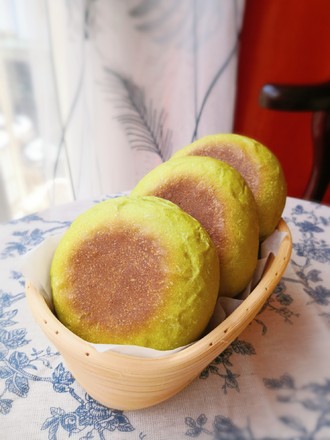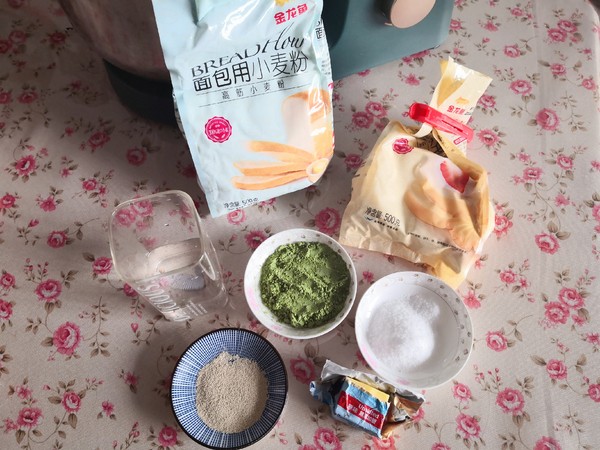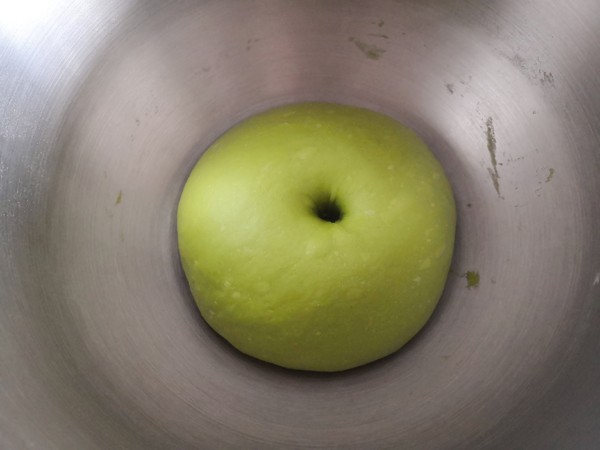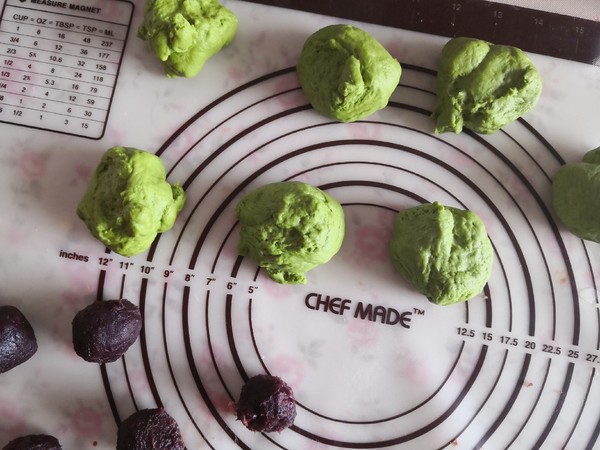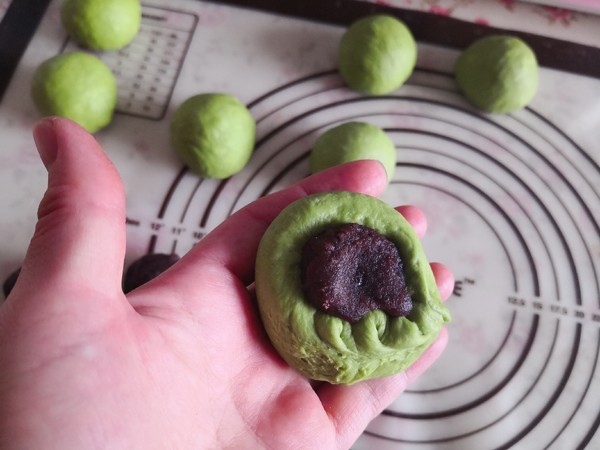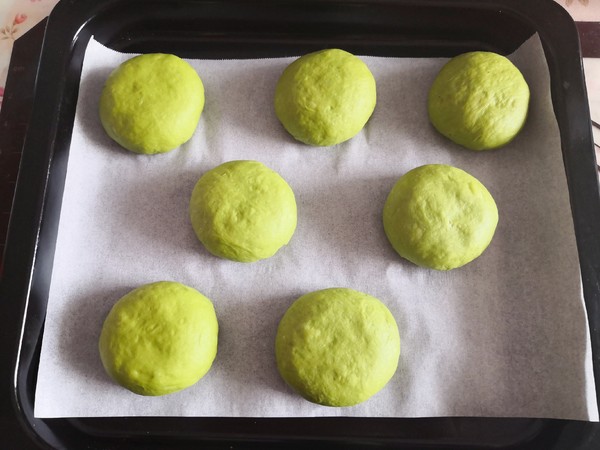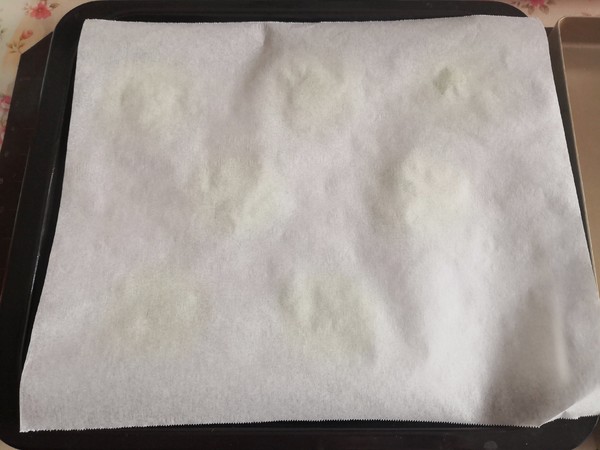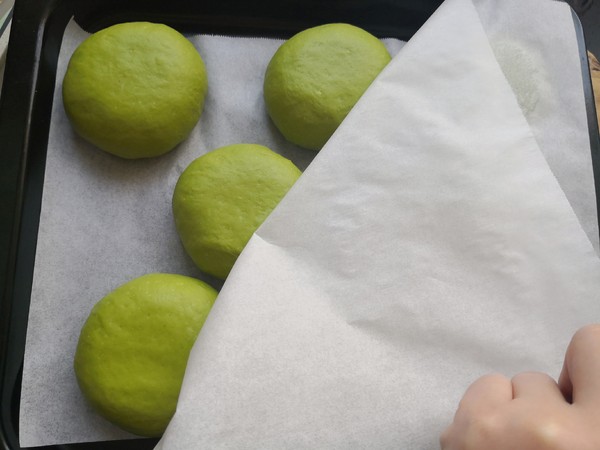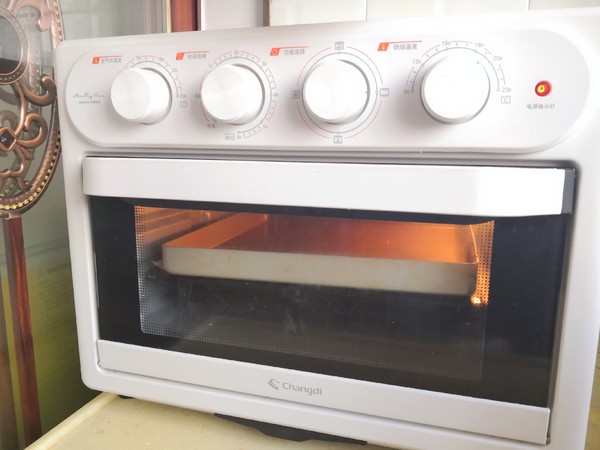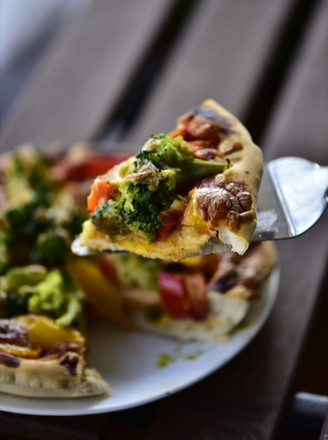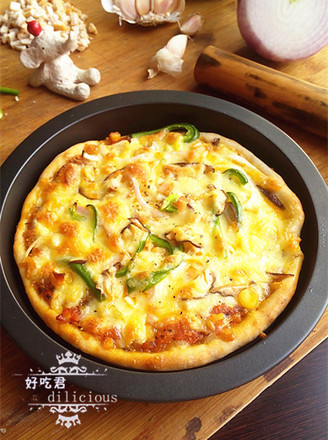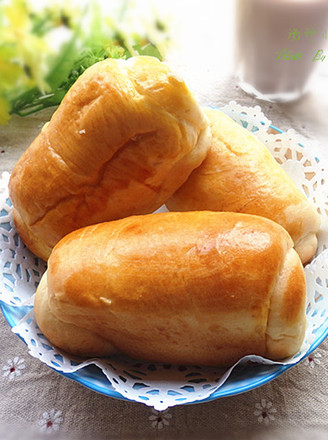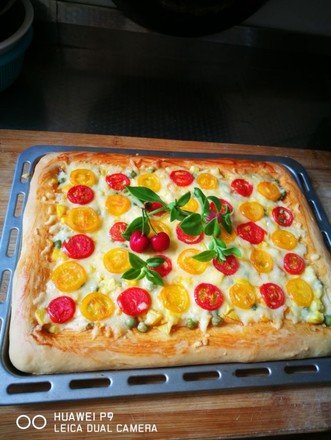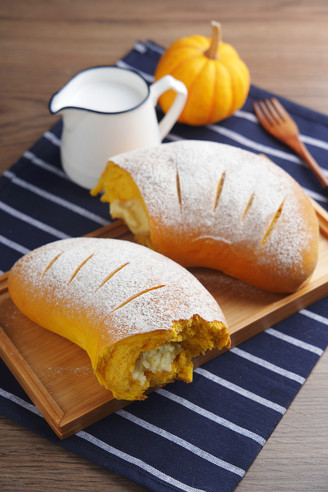The Must-have Japanese Red Bean Buns for Spring Outings
1.
Prepare the ingredients you need and accurately weigh them one by one for later use.
2.
After using the post-oil method, put all the ingredients except the butter into the chef's machine to knead the dough, and then add the butter that has softened at room temperature after forming a dough, and knead the dough together until a large piece of film can be pulled out.
3.
When fermented to twice its original size, the fermented dough will have a hole in the middle with your fingers. If it does not shrink or collapse, it will ferment.
4.
Take out the dough and ventilate it and divide it into 7 equal parts. The red bean paste is also divided into 7 parts.
5.
Roll the dough round and relax for 10 minutes, take out a dough and wrap it with some red bean paste,
6.
Put it on the baking tray with the mouth closed like a bun. If the baking tray is not non-sticky, don’t forget to spread a piece of greased paper.
7.
Take another piece of clean greased paper, cover the top of the bread, gently press down with another baking pan to make it flat, and then carry out the second fermentation.
8.
The volume of the dough after the second fermentation will increase, and it will be twice as large. At this time, you can spray a small amount of water on it and sprinkle a little sesame seeds to decorate it. Of course, you can also do nothing.
9.
Preheat the oven and heat up and down. Bake the middle layer at 190 degrees for about 18 minutes. Don't remove the grease paper and the baking tray when baking.
Tips:
1. The original pandan leaf powder is milk powder. Of course, it can be replaced with an equivalent amount of cocoa powder or matcha powder.
2. If you want the shape to be complete, don't put each dough too close, otherwise there will be adhesions after fermentation.
3. Everyone's oven is different, so the temperature and time are for reference only.

